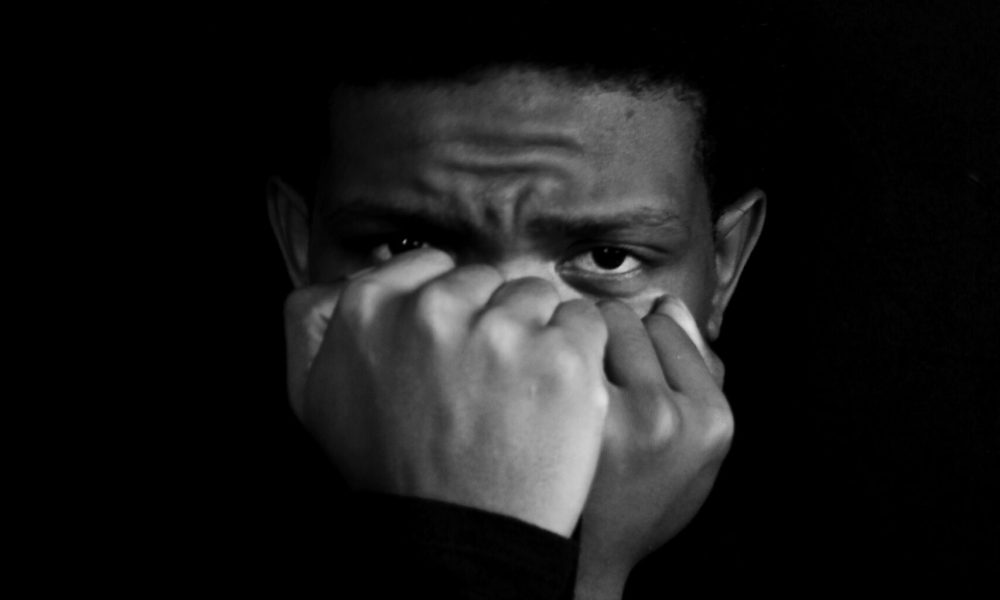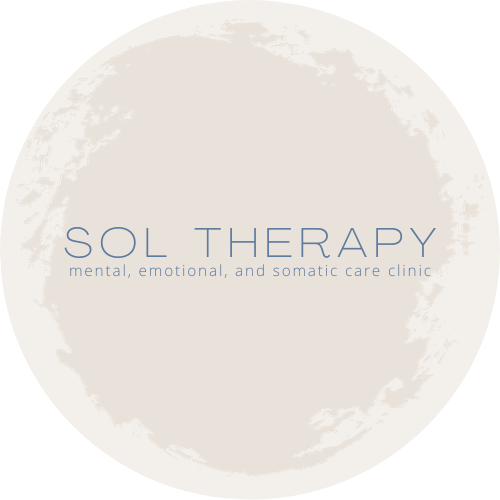Phobias and Fears

Understanding Phobias: When Fear Becomes Overwhelming
Phobias are more than just strong dislikes. They’re intense, persistent fears that trigger the body’s alarm system — even when there’s no real danger present. A phobia is an intense, irrational fear directed toward a specific object, concept, or circumstance. These fears activate the fight-or-flight response, flooding the system with physical symptoms like rapid heartbeat, nausea, and shortness of breath. While common, phobias can significantly affect quality of life — compelling individuals to avoid certain people, places, or situations altogether.
Common Types of Phobias and Fears
Some of the more common phobias include:
Arachnophobia: fear of spiders
Acrophobia: fear of heights
Claustrophobia: fear of enclosed or tight spaces
Agoraphobia: fear of public or crowded spaces
Social phobia: fear of social situations or public speaking
Ophidiophobia: fear of snakes
Aerophobia: fear of flying
Hemophobia: fear of blood
Trypanophobia: fear of needles or injections
Thanatophobia: fear of death or dying
Hydrophobia: fear of water
Astraphobia: fear of thunder and lightning
Entomophobia: fear of insects
Mysophobia: fear of germs or contamination
Glossophobia: fear of public speaking
These phobias may seem irrational to others, but to the person experiencing them, the fear feels immediate, overwhelming, and real.
What Causes a Phobia?
Phobias often stem from a combination of personal experience, learned behavior, and inherited patterns. A traumatic or overwhelming event associated with a specific situation or object — such as getting stuck in an elevator or experiencing turbulence on a flight — may condition the body to associate that experience with danger. In other cases, fears are learned through observing caregivers or family members. Cultural messaging and systemic influences can also shape which fears take root and how they manifest.
Physical and Emotional Symptoms of Phobia
Phobias are felt not just in the mind, but deeply in the body. Common symptoms may include:
Rapid heartbeat or palpitations
Sweating or chills
Dizziness or lightheadedness
Shaking or trembling
Chest discomfort or shortness of breath
Nausea or gastrointestinal distress
A feeling of losing control, fainting, or even dying
These symptoms can make even the idea of facing a feared situation feel unbearable — which reinforces avoidance and fear over time.
The Impact of Living with Untreated Phobias
When a phobia goes untreated, it often grows stronger. People may begin planning their lives around avoidance — skipping travel, social events, medical procedures, or work opportunities. Over time, the avoidance itself can shrink one’s world and amplify the internal sense of helplessness or shame.
Therapy for Phobias: A Holistic, Trauma-Sensitive Approach
At Sol Therapy, we understand that phobias aren’t just about fear — they’re about what your system learned to brace against. Therapy for phobia isn’t about pushing you into discomfort. It’s about gradually and compassionately helping your nervous system understand that the perceived threat is no longer present. We work collaboratively, using a trauma-sensitive lens to support you in feeling safe, seen, and resourced.
Can Phobias Be Healed?
Yes. While the fear may feel automatic now, with the right support, it is possible to rewire the system’s response. Healing doesn’t mean erasing the memory — it means changing how the body and mind respond to it. Over time, what once felt intolerable can become manageable.
How Therapy Helps You Work Through Phobia and Fear
Our approach to therapy integrates both cognitive and somatic work. This might include:
Exploring early experiences or belief systems that reinforce fear
Working gently with the body to regulate nervous system responses
Building internal resources and self-agency
Supporting your system in experiencing safety, choice, and stability
Each journey is unique. Our aim is not to force you through exposure, but to offer enough safety and support that the fear begins to soften on its own.
Types of Phobias We Commonly Support
Whether you’re struggling with fear of flying, driving, heights, social situations, or specific medical fears, we provide an integrative approach tailored to your pace and needs. No fear is too small or strange to be valid. If it’s affecting your life, it’s worth addressing.
When to Seek Therapy for a Phobia
If your fear is interfering with your day-to-day life, decisions, relationships, or opportunities — it may be time to reach out. You don’t need to wait until it becomes unmanageable. Support is available, and healing is possible.
Understanding the intricate nature of phobias and fear is critical to embarking on a journey of healing and empowerment. Whether stemming from past experiences or inherited tendencies, these overwhelming emotions can significantly impact one’s daily life. However, there is hope for transformation. Therapy, when grounded in nervous system awareness and psychological insight, can help you reclaim your autonomy and move toward a more spacious, resilient life.
You are not weak for having fear. Your body is responding in the only way it knows how — and with the right care, it can learn something new.
Our Services
Fear often speaks through the stories we tell ourselves — stories shaped by past experiences, learned beliefs, or moments where something once felt unsafe. In therapy, we take time to gently explore those stories: how they were formed, what they protect you from, and how they show up in your daily life.
Counselling can help unpack the root of your fear — whether from a known event or from subtle, accumulated moments across time. It offers a relational space to challenge avoidance patterns, tend to underlying anxieties, and build a greater sense of self-trust and capacity. We move at a pace that respects your nervous system, so fear can start to loosen its grip.
Clinical Hypnotherapy
At the subconscious level, phobias are often linked to deep-seated associations — where the mind has paired a specific object or situation with danger, fear, or helplessness. In Clinical Hypnotherapy, we gently guide clients into a deeply relaxed state where the subconscious mind becomes more accessible and receptive to change.
Here, we begin the work of renarrating. We explore and update the belief systems and thought patterns tied to the phobia — not by force, but through suggestion, imagery, and inner resourcing. Over time, the subconscious can begin to release the fear it once held, replacing it with new associations that feel safer, more supportive, and aligned with who you are now.
Phobias aren’t just cognitive — they live in the body, often as activation, tension, or shutdown in response to perceived threat. In Trauma-informed Relational Somatic Therapy, we explore the felt sense of the phobia itself — how it shows up in the body, the sensations it carries, and the protective responses it may be holding.
Rather than confronting the fear directly, we begin by building internal and relational safety. Through attuned, body-based listening and gentle pacing, we support your system in widening its capacity to stay present with the sensations and meaning linked to the phobia. Over time, this helps the nervous system re-learn that the feared stimulus is no longer a danger, allowing for integration and greater freedom.
Frequently Asked Questions (FAQs)
What’s the difference between fear and a phobia?
Yes. While some phobias can stem from direct trauma, others develop from repeated exposure, learned behaviours, or even witnessing someone else’s fear. Sometimes, we don’t consciously remember how it started — and that’s okay.
In many cases, yes. Phobias can be the nervous system’s way of remembering and avoiding past overwhelm. Even if the original experience seems unrelated, the body may have stored associations that resurface as intense fear.
Your response makes sense when we understand what your system has learned to protect you from. Phobias aren’t about being dramatic or weak — they’re often protective strategies rooted in survival instincts.
No. We don’t jump into exposure. Instead, we begin by helping your system feel safe, supported, and regulated. Only when your body is ready do we gently explore and learn more about the fear — always at a pace that feels manageable.
While both can cause distress, anxiety disorders often involve more generalised or chronic worry. Phobias tend to be more specific and trigger intense reactions to particular things, places, or situations.
Sometimes they lessen with time, especially if life circumstances change. But often, without support, phobias persist — or get reinforced through avoidance. Therapy provides a path to interrupt that cycle.
It’s incredibly common to feel this way — but you’re not alone, and you’re not “silly” for having a phobia. We hold space with care, not judgment. Every fear has a story, and yours deserves to be met with compassion.
It depends on your personal history and nervous system. Some phobias shift with just a few sessions, while others require longer-term support. The process is not rushed — it honours your pace and needs.
Even if it doesn’t make logical sense, your experience is valid. Phobias often bypass logic because they’re rooted in the body’s memory. You don’t have to justify your fear — we’re here to help you feel safer, not judged.
Sol Therapy – Your Therapists for Fear and Phobia Treatment in Singapore
For more information on how to manage fear and phobias in Singapore, please WhatsApp us at (65) 89422211 or email us at beinghuman@soltherapy.sg
"Knowing oneself comes from attending with compassionate curiosity to what is happening within."
- Gabor Maté
